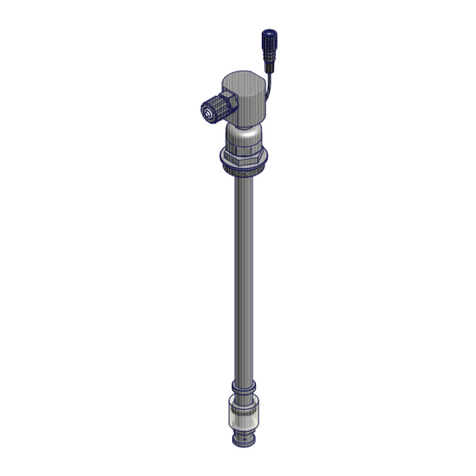
INDEX
GENERAL SAFETY GUIDELINES ...................3
PURPOSE OF USE AND SAFETY ...................4
ENVIRONMENTAL SAFETY...........................5
SPARE PARTS...............................................5
INTRODUCTION...........................................7
Open amperometric cells ................................ 7
MODELS ........................................................ 8
Packaging ...................................................... 8
ECL6.............................................................. 9
ECL6/E........................................................... 9
ECL12............................................................ 10
ECL12/E......................................................... 10
Operating principle......................................... 11
Precautions .................................................... 11
Installation..................................................... 12
pH/ORP/temperature probes installation ......... 13
Commissioning............................................... 13
Electrode replacing......................................... 14
Electrode cleaning.......................................... 14
Calibration ..................................................... 15
Decommissioning .......................................... 15
MAINTENANCE ...........................................16
Maintenance schedule.................................... 16
Maintenance inspection ................................ 16
Calibration procedure..................................... 16
TROUBLESHOOTING....................................17
Repair service................................................. 17
ECL6 ............................................................. 18
ECL6/E........................................................... 19
ECL12............................................................ 20
ECL12/E......................................................... 21




























